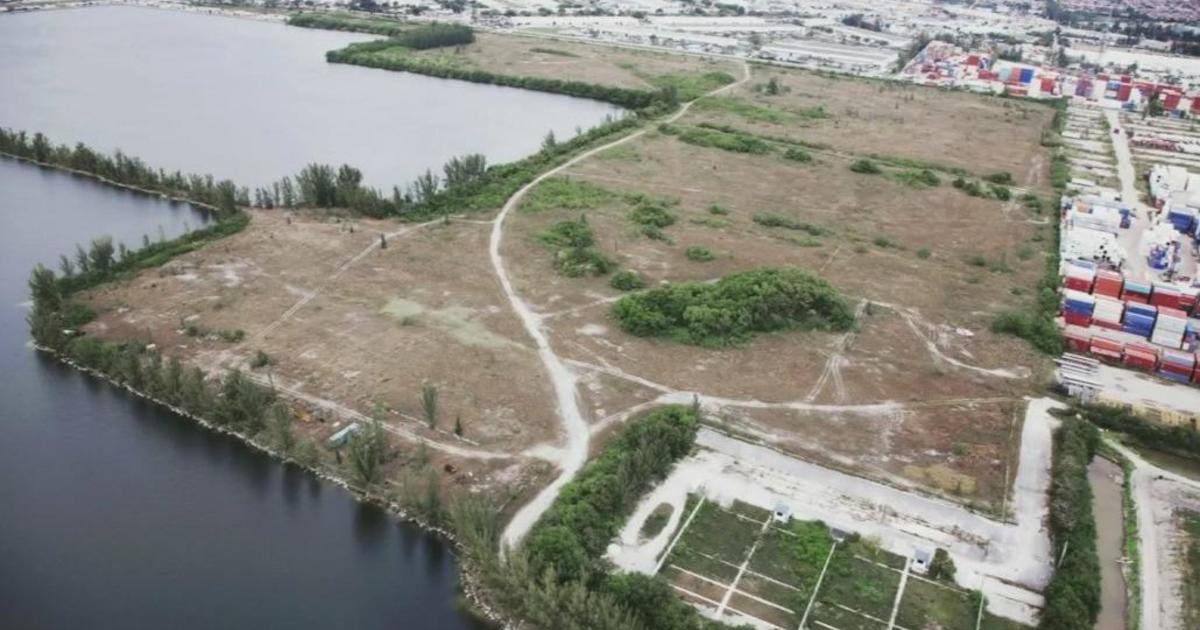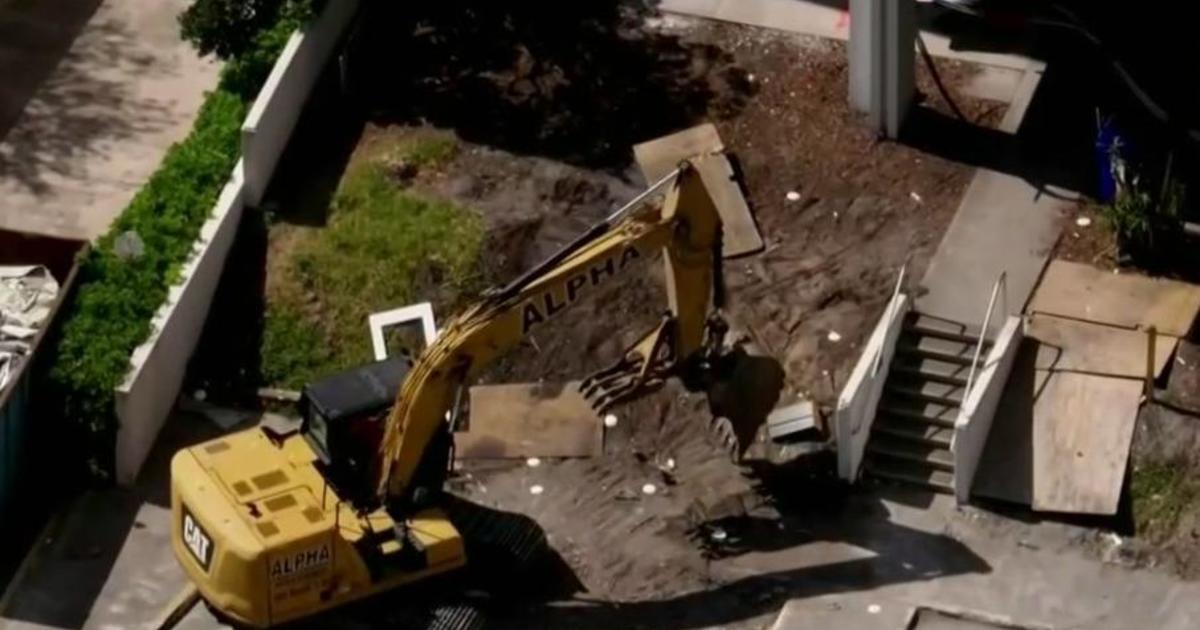Designing Parks For Health
(Courtesy: Miami-Dade Parks)
Parks are the infrastructure of our communities and represent the identity of place. In the second half of the 20th century, as epidemiologists and public health researchers began to study the growing impact of chronic disease, the environment emerged more clearly as a significant factor. By the 21st century, researchers studying the increasing rates of deleterious health outcomes—cancer, diabetes, heart disease and a host of related ailments—focused more specifically on the built environment and its impact on physical activity.
Miami-Dade County is an exemplar of this settlement pattern. Its first parks evolved as plantings along roadsides. One of its earliest, and now iconic parks – Greynolds - was built on a site that had been mined for its oolitic limestone and dotted with leftover mining equipment. Fortunately, the early parks department staff understood the significant history and potential of parks. William Lyman Phillips, worked with the Civilian Conservation Corps to create parks in the discarded areas as well as the County's most beautiful shorelines. As much as was accomplished, however, the network of parks remained auto-centric and destination oriented.
In the early 2000s, Miami-Dade Parks Recreation and Open Spaces engaged in an open planning process to imagine a new future with a connected system of greenways and blueways, neighborhood parks, transit-oriented parks and development that would provide a resilient network for ecological and population health.
Data-informed Design Decision-making
Health researchers 50 years ago demonstrated the importance of social interaction. Since the September 2003 issue of the American Journal of Public Health emerged with a comprehensive series of studies demonstrating the impact of the built environment on physical activity and chronic disease, an extensive body of work has evolved to explore the ways that our built environment contributes to, or works against our health.
The twin pillars of social interaction and physical activity which had naturally occurred in a daily walk through a neighborhood were now, for a large part of our population, lost to the isolation of car trips. Studies show that most people will drive if a destination is beyond a five-minute walk. Even a trip to the park, in most locations, is beyond the distance of a walk.
Zooming in on Miami-Dade County, Miami-Dade Parks initiated a collaboration with the Built Environment Behavior and Health Research Group at the University of Miami. The team of faculty from the Miller School of Medicine's Department of Public Health Sciences and the School of Architecture had published findings over the last decade on the benefits of mixed-use blocks on children, and social-support features, such as balconies and stoops, for elders in East Little Havana, one of the Miami's poorest neighborhoods.
Building on their work on walkability and health, the group, under the auspices of a grant funded by the Office of Policy Development and Research in the U.S. Department of Housing and Urban Development, and by the Health Foundation of South Florida, explored the impact of characteristics of the neighborhood blocks across Miami-Dade County on the health of Medicare beneficiaries. The study is the first of its kind to examine block-level greenness and its relationship to health outcomes in older adults, and measure its impact on specific diseases, The finding that the impact of greenness levels was proportionately stronger among all racial and ethnic groups in lower income neighborhoods, suggests that the addition of trees, parks and open spaces in low income neighborhoods could also address issues of health disparities to achieve greater parks equity, a foundational principle of the MDPROS Master Plan. Participating in the the research group through data interpretation and discussion enables an implementation of parks priorities in alignment with evidence.
So how do we build a healthy neighborhood?
The five elements of a healthy neighborhood begins with Mixed Use. Neighborhoods with mixed use show higher levels of social interaction and physical activity, the building blocks of a healthy life-style. Mixed use in a parks context implies that the park is located in close proximity to a mixed use district, or that the park serves as a mixed use destination in the neighborhood. Mixed-use is most effective when there is Connectivity. Greater density of intersections is associated with more walking. The ability to access mixed use destinations through a variety of paths ensures a greater likelihood of frequent social interaction as well as the benefits of physical activity through walking.
The third element, and most obviously connected to parks is the presence of Greenness. Shade trees, green spaces and opportunities for community gardens provide significant health benefits. Many parks dedicated to particular sports may be limited in providing greenness. This is where the streetscape and sidewalk system that connects a park to its neighborhood can help to contribute greenness. Finally, Mobility enables people to reach places through multiple modes of travel--- walking, biking and various forms of private and public transit. Sidewalks and streets can occupy more than one-third of the land of a city. Understanding the importance of these aspects of mobility as part of the park system is foundational to the connectivity necessary for a dynamic park system. Studies show that people walk more in areas with connected sidewalks and many route choices associated with high connectivity. Parks that can be reached on foot by the first circle of users provide important neighborhood destinations and participate in a park infrastructure that connects parks, greenways and blueways across a region through trails, sidewalks, streets and rails. Mobility also enables people with various levels of personal mobility to enjoy parks.
While the specifics of how each park provides these elements are unique to its context and location, a fully connected park system begins with sidewalks and streetscapes. Considering the parks system to begin at the doorstep of each resident and serve as an infrastructure that supports health and well-being, the potential for parks to support and enhance health and well-being is considerable. Parks provide the places where many of life's most profound experiences are celebrated; designing parks as linked elements within a parks infrastructure can transform our suburbs, towns and cities so that these beloved places are also our partners in health.
An excerpt from the article, "Designing Parks for Health" in Parks and Recreation Magazine, October 1, 2016 submitted in part by Joanna Lombard, AlA, LEED, AP Professor at the University of Miami School of Architecture and the Department of Public Health Sciences, Miller School of Medicine.
Find your park today at https://parks305.org/
Above content provided by Parks-Foundation of Miami-Dade and Miami-Dade Parks & Recreation
More Articles From Miami-Dade Parks



